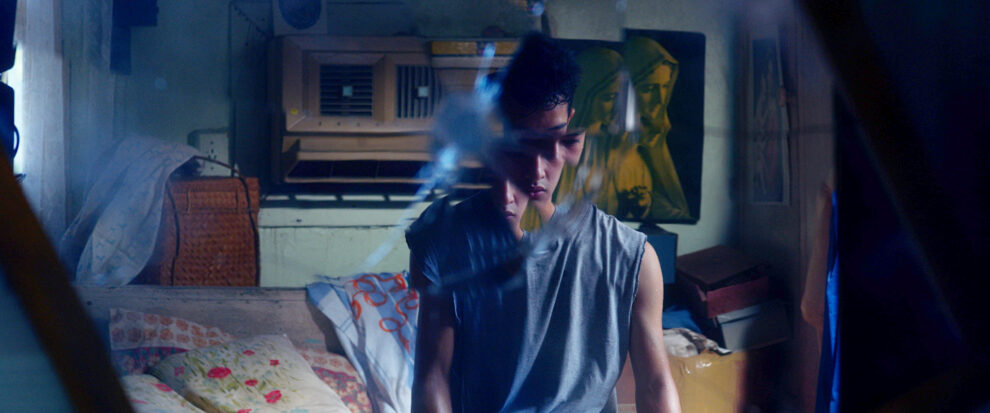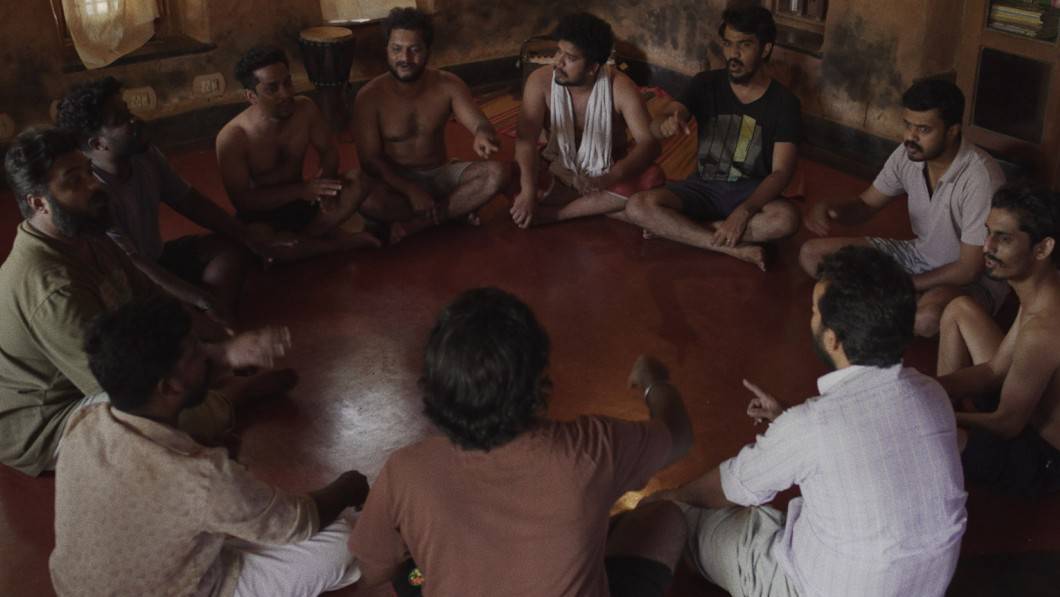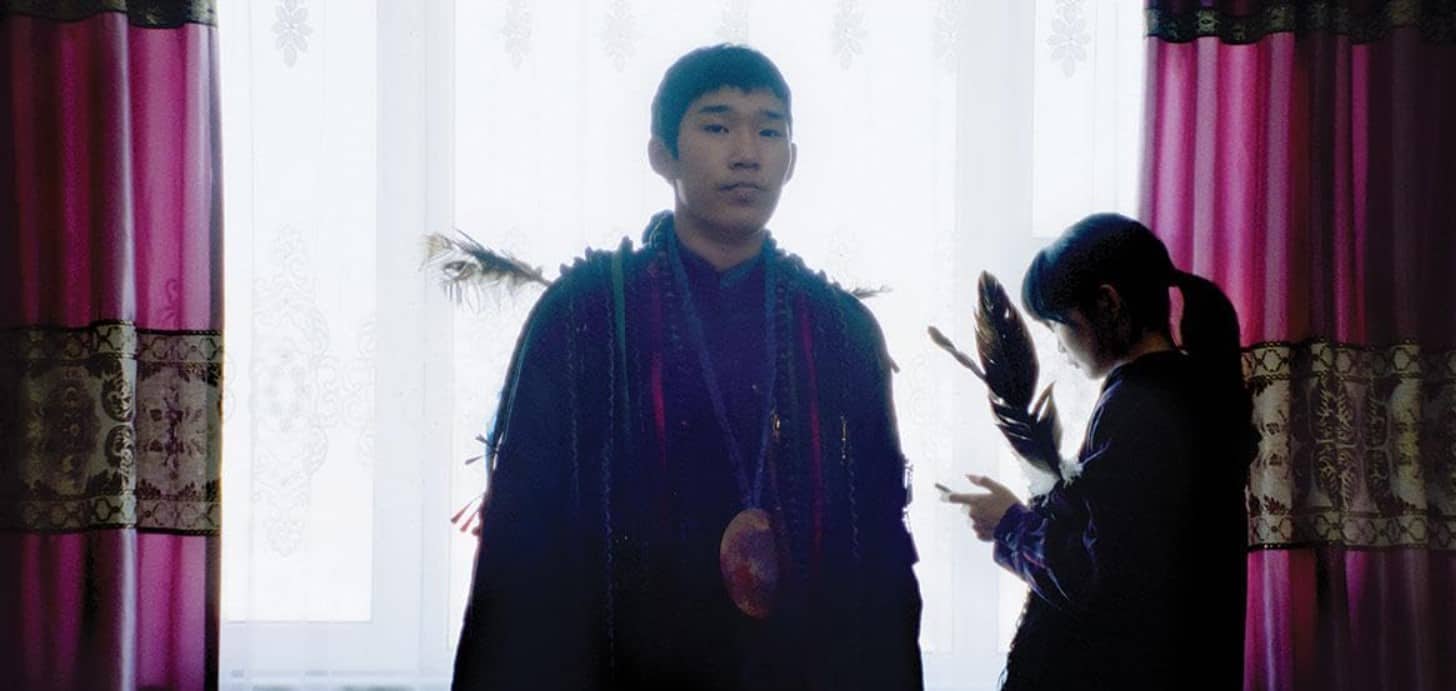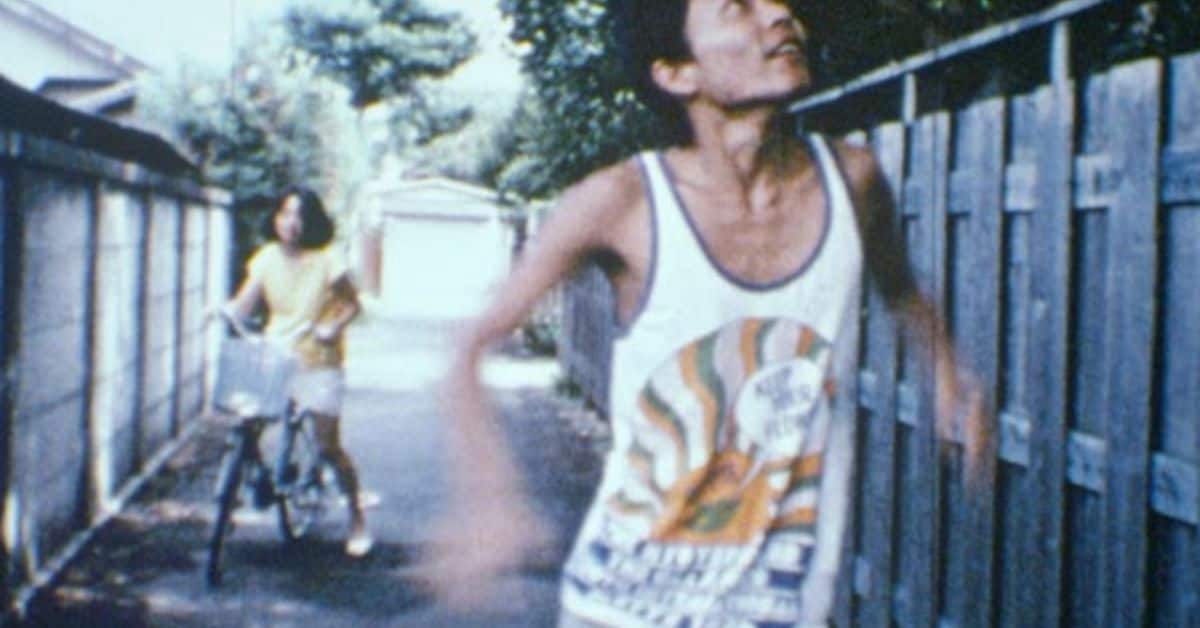From the director's statement: A few months before I began developing this film project, I went back home to Zamboanga for a vacation and casually met with my friends and relatives. But one afternoon, much to my surprise, someone close to my family shared his deep, dark secret. According to him, it all started when he accidentally killed his high school classmate during a fight. He was able to run away, only to eventually be trapped in the world of the syndicate. I was startled to hear this. I have known this man all my life as someone who is caring and loving. I never would have thought that he had experienced such things. After that long conversation, we never spoke about it again. Thus began Sheron Dayoc's trip towards “Gospel of the Beast”, seven years after his previous feature, the multi-awarded “Women of the Weeping River”.
The Gospel of the Beast is screening at Tokyo International Film Festival
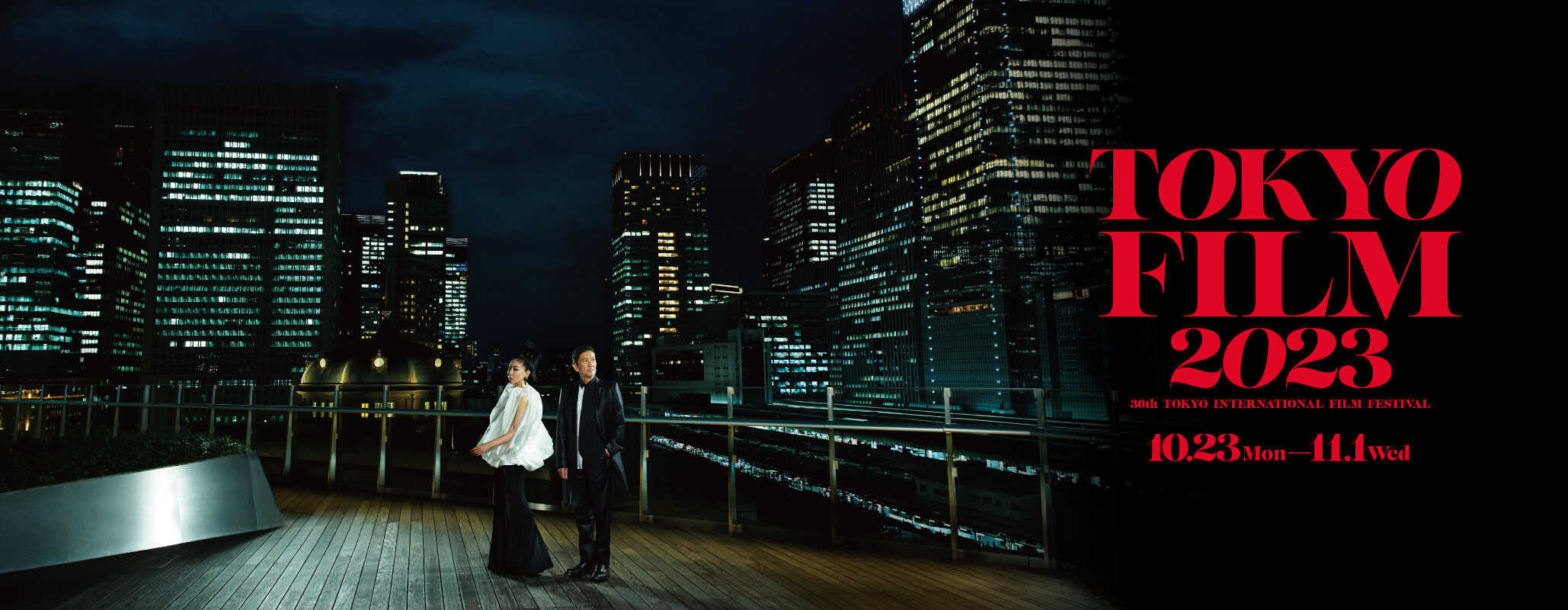
Mateo is a 15-year-old boy who works at a slaughterhouse, trying to help his two siblings, particularly after his father disappeared recently. In his school, however, he is known as a troublemaker due to his temper, and the disappearance of his father does nothing to improve his mentality. Eventually, after a fight with a schoolmate, Gerald, the two boys agree to a swimming competition, which turns out though into a worse fight, with Mateo killing Gerald, and abandoning his body near the river. With his angst becoming even worse, and having no one to turn to, Mateo ends up in the company of Berto, an older man whom he barely knows, who takes him under his wing and introduces him to the world of the syndicate. Soon, the young man is living in an old mansion along with the rest of Berto's thugs, where they torture, kill and dispose of people or deliver drugs on a daily basis. As the old man becomes more and more a father figure, so does the young boy gets used to the world he currently resides in, gradually turning into another violent beast.
Check also this article
Through an approach that reminds intently of the works of Brillante Mendoza, Sheron Dayoc shows how the coming-of-age of a boy can be rather different than what the term means in the West, particularly when it takes place in an area so tormented by violence and war as Mindanao. As such, Dayoc uses his main character in order to make his various social, political and philosophical comments, all of which are presented through the prism of violence, and how it can change people, particularly in the formative years of teenagehood.
In that fashion, we see in the beginning a truly good boy, who cares about his family and particularly his siblings, but cannot handle his frustration for not knowing what has happened to his father and actually has to move through life without any kind of guidance, either from his parents or from his school. It is by no chance, thus, that eventually he makes a grave mistake, and instead of owning up to it, he decides to run. The way his life proceeds after this, is a testament to both the aforementioned, and the way how particular people take advantage of others in similar situations in order to exploit them for their own cause. The way Berto becomes a father figure, not just to the protagonist but a series of other boys, is indicative of this comment, which can actually be interpreted in a wider prism, regarding how kids end up becoming soldiers (murderers one could say) all around the world.
The way this relationship, along with his “comrades” and the deeds he is forced to participate in transforms Mateo is a true wonder to watch, in a comment about how violence is born and essentially nourished, that also benefits the most by the rather naturalistic acting of Jansen Magpusao. Furthermore, the way Berto functions as a fatherly figure of authority, who is not exactly reluctant to admonish even the harshest punishment to his “kids” that break the rules, is also shocking to watch, as much as a testament, once more, of how violence is nurtured, with him ruling with carrot and stick, people, though, that have essentially no way out from his “care”. Ronnie Lazaro in the role is exceptional, with him emitting both danger and fatherly notions in the most convincing fashion. That he is also presented as someone's employee, a rich/person of authority, adds yet another comment to how the whole thing works, with Dayoc making a subtle but eloquent remark on corruption. Furthermore, the whole narrative also seems to implement the concept of crime and punishment, in a way though, that completely turns it on its head. Lastly, the final scene is wonderfully ironic, with Dayoc essentially mocking similar endings of more “generic” coming-of-age films.
Rommel Andreo Sales's cinematography captures the suffocating space that eventually becomes one of terror in the best fashion, with the shots of the violent deeds and a number of night ones, being rather impressive to watch, in a no-punches-pulled fashion. Lawrence S. Ang's editing results in a mid-tempo that is fitting to the somewhat art-house approach of the film, but could also be a bit faster on occasion, considering that the main theme of the movie definitely allows for such an approach. At the same time, there are moments where some music would work better regarding the impact specific scenes could have, although the overall visuals and the acting definitely compensate. Lastly, at 85 minutes, the “Gospel” definitely does not overextend its welcome, with the whole thing being rather economical in presentation.
Although there are moments where the impact could be more intense with a different directorial approach, “The Gospel of the Beast” emerges as an excellent movie, one that manages to present its comments in the most pointed and entertaining fashion, while not shying away from the violence, in a way, though, that is actually artful.


